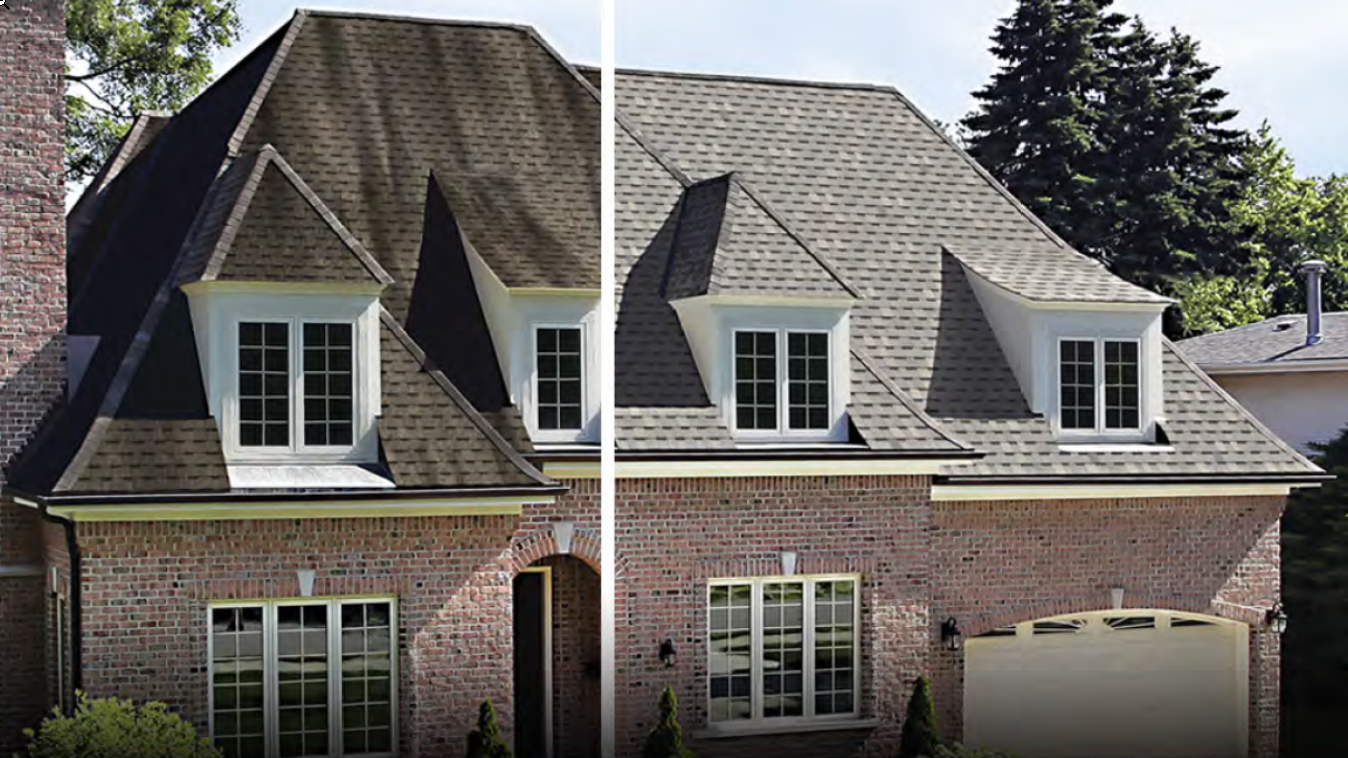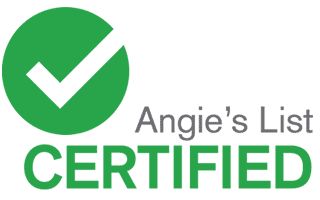Mold on your roof is not only unsightly, but it can also lead to structural damage and shingle damage. In order to prevent mold damage, it’s important to understand the conditions that promote its growth. Additionally, regular roof inspections can help you catch any potential problems before they become bigger issues.
What causes mold to grow on roofing shingles?
Mold needs three things to grow: food, moisture, and warmth. Roofing shingles provide an ideal food source for mold, and the shady, moist conditions on your roof make it the perfect place for mold to thrive.
Mold thrives in humid environments, and Michigan is one of the most humid states in the country. This combination of high humidity and ample rainfall creates the perfect conditions for mold to grow on roofing shingles. Additionally, the buildup of snow on the your roof during the winter adds to the moisture problem. If you live in Michigan, it’s important to be vigilant about checking your roof for signs of mold and take quick action if you find any evidence of a problem.

How can I prevent mold from growing on my roof?
There are a few things you can do to prevent mold from growing on your roof:
- Keep your gutters clean and free of debris so they can properly drain water away from your roof.
- Inspect your roof regularly for any signs of damage or leaks.
- If you have trees near your home, trim back any branches that are touching or hanging over your roof.
- Make sure your attic is properly ventilated to allow air
What kinds of structural damage can mold cause to your roof?
If left unchecked, mold can cause significant damage to your roof. In addition to damaging the shingles, mold can also cause rot and deterioration of the roof deck and trusses. This type of damage can lead to leaks and other problems with your roof.
What should I do if I find mold on my roof?
If you find mold on your roof, it’s important to take action quickly to prevent further damage. You can clean small areas of mold yourself with a bleach solution, but it’s best to call a professional if the problem is extensive. A professional roofing contractor will be able to safely and effectively remove the mold and make any necessary repairs to your roof.
Ignoring mold growth on your roof can lead to serious problems, so it’s important to take action as soon as you notice a problem. By taking steps to prevent mold growth and being vigilant about checking for signs of damage, you can keep your roof in good condition for years to come.
How does mold affect the color of roofing shingles?
Mold can cause roofing shingles to fade in color. This is because the mold spores act like tiny bits of sandpaper, rubbing away at the surface of the shingle and causing it to lose its pigment. In addition to fading, mold can also cause roofing shingles to become discolored. If you notice any changes in the color of your roofing shingles, it’s important to check for signs of mold growth and take action to remove the mold as soon as possible.
How does 3M Scotchguard™ shingles prevent mold?
Shingles with 3M Scotchguard™ contain copper granules. Roofing shingles with copper granules have a natural resistance to mold growth. This is because the metal ions in these materials inhibit the growth of mold spores.
If you live in an area with a high risk of mold growth, roofing shingles with copper can be a good option for preventing problems.
3M Scotchguard™ shingles and copper roofing shingles are both effective options for preventing mold growth on your roof. If you live in an area with high humidity or frequent rainfall, these types of shingles can help to keep your roof in good condition.
Atlas roofing shingles contain 3M Scotchguard™, a material that is resistant to mold growth. This prevents the buildup of mold on your roof and helps to keep your roof in good condition.
Do zinc strips prevent mold on your roof?
Zinc strips are a popular method of preventing mold growth on roofs. Zinc is a metal that has natural antimicrobial properties. When zinc strips are installed on the ridge of your roof, they release zinc ions that inhibit the growth of mold spores.
Zinc strips are an effective way to prevent mold growth on your roof. If you live in an area with high humidity or frequent rainfall, these strips can help to keep your roof in good condition.
Do you have mold on your roof?
Michigan is a state with a high risk of mold growth. If you live in Michigan, it’s important to be vigilant about checking your roof for signs of mold and take quick action if you find any evidence of a problem. Taking steps to prevent mold growth and being aware of the signs of damage can help you keep your roof in good condition for years to come.
If you’re concerned that your roof may have a mold problem, it’s important to take action quickly to prevent further damage. Martino Home Improvements can help you get your roof back in good condition. We are experienced in roof repair and replacement and offer a variety of shingles options that are resistant to mold, including Atlas shingles with 3M Scotchguard™.
If you’re worried about mold growth on your roof, don’t hesitate to contact Martino Home Improvements. We can help you find the best solution for your needs and get your roof back in good condition.




















